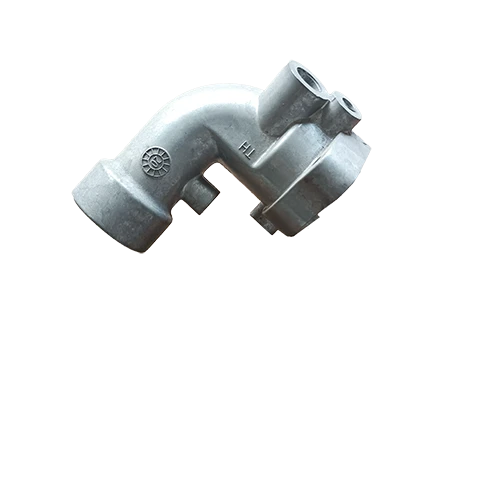Mobile:+86-311-808-126-83
Email:info@ydcastings.com
pump diffuser and impeller
Understanding Pump Diffusers and Impellers Their Roles and Importance in Fluid Dynamics
In the world of fluid dynamics, pumps play a pivotal role in transporting liquids through various systems, whether in industrial applications, municipal water supply, or agricultural irrigation. Among the essential components of a pump, the diffuser and impeller are crucial for determining the efficiency and effectiveness of fluid movement.
The Impeller Energy Generation
The impeller is often referred to as the heart of a pump. Its primary function is to convert mechanical energy from the motor into kinetic energy in the fluid. The design of the impeller can significantly influence the pump's overall performance. Typically, impellers are crafted from robust materials to withstand the mechanical stresses and corrosive properties of various liquids.
There are several types of impellers, such as closed, semi-closed, and open impellers, each tailored for specific applications. Closed impellers, featuring a shroud at the top and bottom, are favored for their high efficiency and ability to handle more viscous fluids. Semi-closed impellers are versatile and can manage moderate to low viscosity liquids, while open impellers, which lack a shroud, are ideal for handling suspensions and fluids containing solids, albeit at the cost of efficiency.
The rotational movement of the impeller generates fluid flow. As it spins, it accelerates the fluid outward, increasing its velocity and imparting energy. This action leads to an increase in pressure within the pump, preparing the fluid for delivery to the desired location.
The Diffuser Energy Transformation
pump diffuser and impeller

While the impeller is responsible for generating kinetic energy, the diffuser’s role is to convert that kinetic energy into pressure energy. Located downstream of the impeller, the diffuser comprises a series of stationary vanes that reduce the fluid velocity as it flows through. As the fluid passes through the widening channels of the diffuser, its speed decreases, and the kinetic energy is transformed into pressure energy.
The design and geometry of a diffuser are critical in ensuring optimal performance. An efficiently designed diffuser minimizes turbulence and energy loss, enhancing the overall efficiency of the pump. Diffusers are available in various configurations, including volute and radial designs, each suitable for specific applications based on flow requirements and the characteristics of the fluid being handled.
The Synergy between Impeller and Diffuser
The interaction between the impeller and diffuser is fundamental to the efficient operation of a pump. An effectively designed system ensures that the fluid transitions smoothly from the high-velocity output of the impeller to the pressure-increasing section of the diffuser. If this transition is not managed well, it can result in turbulence and energy waste, leading to diminished pump performance and increased operational costs.
Moreover, the performance of the impeller and diffuser is often analyzed using various hydraulic and performance curves, which provide insights into how a pump will behave under different operating conditions. This analysis is essential for engineers when designing or selecting pumps for specific applications.
Conclusion
In conclusion, both the impeller and diffuser are instrumental in the functionality of pumps. The impeller generates the kinetic energy necessary for fluid movement, while the diffuser ensures that this energy is efficiently converted into pressure energy. An understanding of these components not only helps in the selection and design of effective pumping systems but also in optimizing their performance for diverse applications. As industries continue to evolve, the development of advanced impellers and diffusers will undoubtedly play a vital role in enhancing fluid dynamics and operational efficiency.
-
Why Should You Invest in Superior Pump Castings for Your Equipment?NewsJun.09,2025
-
Unlock Performance Potential with Stainless Impellers and Aluminum End CapsNewsJun.09,2025
-
Revolutionize Your Machinery with Superior Cast Iron and Aluminum ComponentsNewsJun.09,2025
-
Revolutionize Fluid Dynamics with Premium Pump ComponentsNewsJun.09,2025
-
Optimizing Industrial Systems with Essential Valve ComponentsNewsJun.09,2025
-
Elevate Grid Efficiency with High-Precision Power CastingsNewsJun.09,2025











